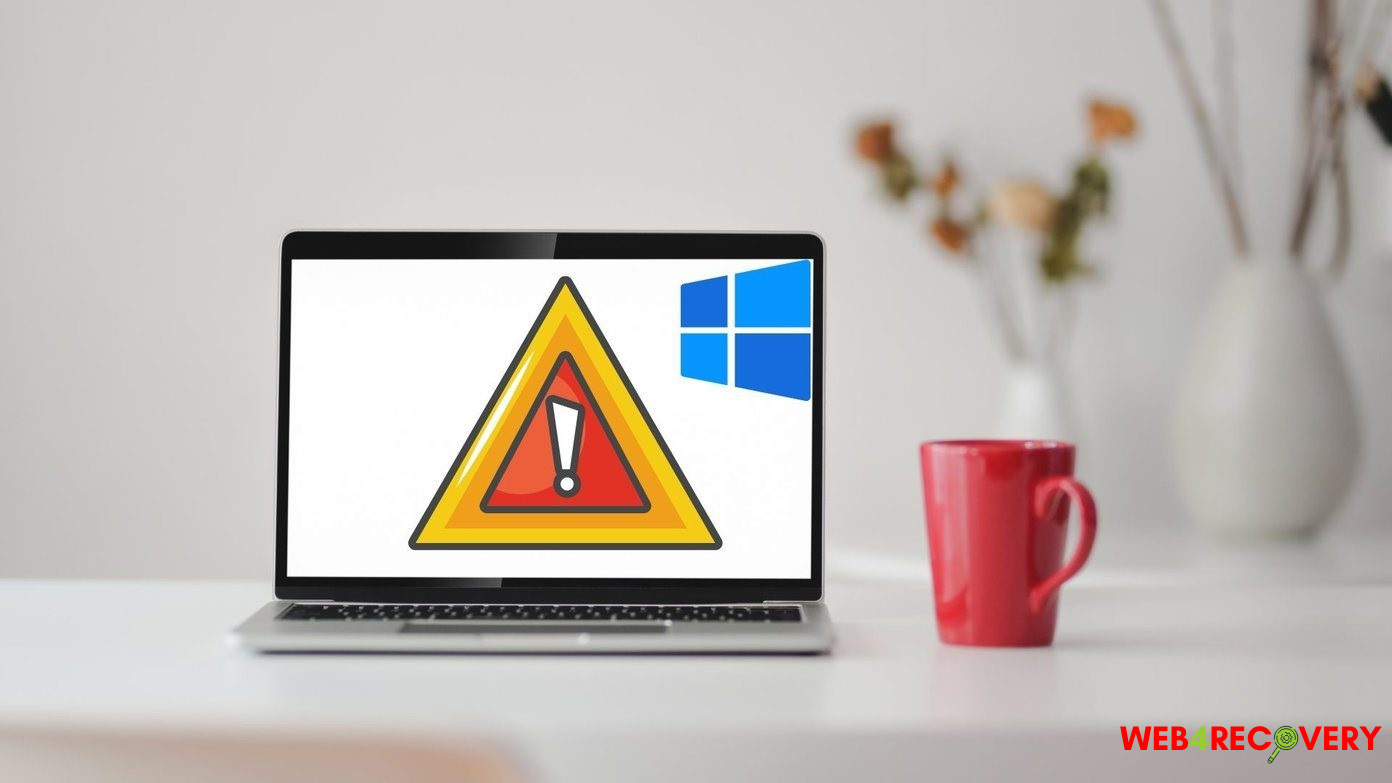It’s not uncommon for customers to suddenly see the “System Battery Voltage is Low” message pop up on their screens. This issue affects a wide variety of Windows versions. The issue manifests itself on the BIOS setup screen and prevents the operating system from booting.
Method 1: Please Replace or Reinstall The CMOS Battery.
The CMOS battery is a contributing factor to this issue. The error may arise if the battery has been removed or reinserted improperly into its socket. This error occurs because CMOS requires a certain voltage, which an older battery cannot give.

You should get a new battery at this point. These batteries are cheap and necessary for your computer to boot, so read the directions carefully.
Step 1: The CMOS battery is located on the motherboard, which can be accessed by opening the computer case. To learn where your CMOS battery is located, check the motherboard manual or your computer’s user guide. If you need further information, you can always Google it or call your computer’s manufacturer.
Step 2: It’s probably not too difficult to get the battery out of your computer if it runs on a coin cell. To remove the battery, get a good grip on the edge with your fingers and lift it straight up and out of the slot. There may be a clip on the motherboard that must be lifted in order to remove the battery.
Step 3: After waiting 10 minutes, insert the same CMOS battery or a new one into the same slot and try to boot the computer again. Be sure to look for the “System battery voltage is low” warning message!
Method 2: Erase All System Log Events
Incorrect BIOS settings are another key contributor. Corrupted BIOS settings are a rare yet annoying occurrence. Both faulty BIOS updates and malicious software have been blamed for this issue. Resetting the BIOS to its factory settings should, in any case, cure the issue if you can access it.
Step 1: Start up your computer and, right before it boots up, try pressing the BIOS key to access the setup menu. On the boot screen, you’ll usually see “Press __ to begin Setup” or something to that effect, which is the BIOS key. Additional keys exist. Traditional BIOS keys include F1, F2, Del, etc.
Step 2: Depending on your computer’s BIOS, you may find the option to clear the system event log in a different submenu.
Step 3: Look for the System Event Log, Clear Event Log, or Clear System Event Log on the Advanced tab of the primary BIOS settings screen. Make sure to look elsewhere if you can’t find it in the Advanced menu. To move around, use the arrow keys.
Step 4: After selecting Clear System Event Log, press Enter to confirm. When prompted, press Enter again to confirm your selection, and then wait for the computer to boot. Verify if the issue still exists or if it has been resolved.
Method 3: Your Computer Needs New BIOS Drivers
Some customers have found that updating the BIOS to be a challenging solution, but it has helped them. You should keep in mind that the procedure varies from manufacturer to manufacturer. In order to fix the “System Battery Voltage is Low” error, please follow the below steps to update your computer’s BIOS.
Step 1: Type “msinfo” into the search bar or the Start menu to see what BIOS utility version is installed on your computer.
Step 2: The BIOS version can be found under the model number of your processor; copy or recreate the information there to a text file or a piece of paper for safekeeping.
Step 3: Investigate whether your PC was pre-built, packed, or assembled by hand. This is crucial since installing BIOS designed for one part of your PC on another part of your PC can create major errors and system difficulties.
Step 4: Get your PC ready for the BIOS update. Make sure your laptop’s battery is completely charged and that it is plugged into an outlet just in case you need to perform an update while working on it. To prevent the computer from shutting down mid-update because of a power outage, an Uninterruptible Power Supply (UPS) should be used.
Step 5: If you own a computer made by Lenovo, Gateway, HP, Dell, or MSI, follow the recommendations we’ve provided below.

















